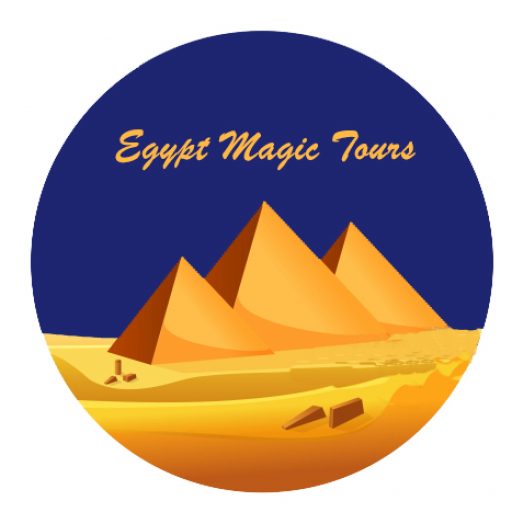Egypt Magic [1522]
The Maps of the stars and secrets from the tomb of the mysterious engineer “Sennamut”, the close companion of Queen Hatshepsut
The engineer, “Sennamut”, was one of the closest people to Queen Hatshepsut. His impressive tomb contains very mysterious decorations indicating that he was an ordinary official, engineer, and astronomer.
The tomb was discovered by a team led by the American archaeologist “Herbert Winlock,” who was director of the Egyptian mission at the Metropolitan Museum of Art (they worked in the tomb during the seasons 1925-1927 AD)
Senenmut cemetery number (TT353) in Luxor, and despite the cemetery’s association with the name “Senenmut”, it may not be the real burial place of “Sannamot” … It is possible that he was buried in another cemetery number (TT71) in the Sheikh Abdul Qurna cemetery in Luxor ( However, this is also not certain). There is an opinion that he may have been buried in a third unknown grave.
What we are interested in is Tomb No. (TT353) at the Deir al-Bahari site, near the Temple of Hatshepsut, which was built by the engineer, “Sennamut” for Queen “Hatshepsut”. Although the burial room does not contain important inscriptions, the ceiling decorations are impressive.
The cemetery dates back to the Eighteenth Dynasty 1473 BC, and the cemetery would not be a site of great importance without its beautiful roof and paintings. They are decorated with wonderful celestial drawings. The drawings show the southern and northern constellations – the polar constellations … and they were depicted in the form of tablets, each of them presenting 24 hours day cycles of the moon. It is worth noting that the constellations displayed on the ceiling of the cemetery are known to us until the present time. For example, depicting the constellation of the Big Dipper, which proves that the ancient Egyptians already knew this constellation. The ceiling of the cemetery also contains an ornament depicting the circle of life related to the seasons of the year … The four circles in the upper part of the image indicate the sister’s period from July to October. The other two circles show the planting season called “Beret”, which starts from November of each year and ends; in February … The last four circles are related to the “Shamu” harvest season, which lasts between March and June … regardless Of this diagram provided, the star group Draco (such as Hippo), the Great Bear, Sirius, and Orion … The southern wall of the cemetery ceiling is decorated with a map of the sky, and the ceiling contains planets such as Mercury, Venus, Jupiter and Saturn … However, the most mysterious part is related—an on the absence of Mars.
It is possible that Mars was depicted as an empty boat located in the west. Still, if this is the case, it could be related to the fact that Mars is in retreat – not in harmony with other planets .. Astronomical archaeologists believe that this event occurred around 1534 BC.
Another explanation could be related to the planet’s apparent movement backwards. This phenomenon was known in ancient Egypt, so that the empty boat symbol could have been associated with the location of Mars in those days.
But is it a decoration of the cemetery or a portrayal of reality?
There is an assumption that the astronomical decoration of the tomb was a copy of a papyrus. Perhaps it was a document created by the engineer, “Senenmut”, which presented his observations … However, some do not agree with this idea. According to “Juan Antonio Belmonte” and “Muslim Shaltout”, the analysis of the ceiling as a scientific work of “We shall die” is a mistake they wrote: {It can be concluded that the astronomical ceiling of the tomb of Senenmut in Deir al-Bahari (No. 353) does not represent any real astronomical event but rather represents a celestial scheme. Graphically it may have been used previously to decorate water clocks (as Mars was not present inside the outer planets because “Horakhti” was represented elsewhere as a manifestation of the sun god Ra… This diagram was copied to the ceiling in the first room of Tomb 353, Including new elements related to the special Sinmot condition, such as the new female name for Saturn or the monthly circles of the hour.}
The importance of tomb decoration helped J discover many ways, including that the tomb is one of the greatest examples that documented Egyptian astronomy, a significant scientific field since the first dynasties.
Second, the ceiling shows how the ancient Egyptians understood the relationship between mythology and astronomy and the important details to describe the phases of the moon, the seasons, and the understanding of the heavens above them.
Among the secrets of the engineer, “Sinmut”, history is mentioned “Senenmut” usually in literature as a noble in the court of Hatshepsut, or even a character in a very romantic story related to his possible romantic relationship with Queen Hatshepsut. But this hypothesis has not been confirmed, and it has many supporters like opponents of the idea… However, the greatest gift of “we will die” remains inside one of his graves. He left a moving message to the world that tells the story of how his society understood time, seasons, the universe and the planets … This decoration provides information about the ancient Egyptians ’calendar and their representations of the gods related to certain aspects of ancient Egyptian astronomy.


Comment (0)